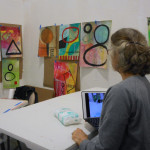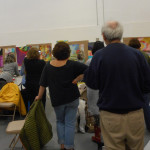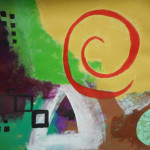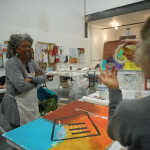I had the great pleasure of working with five friends, all whom create artwork that I admire, in an abstract painting workshop at my Studio last Friday.
Part of the fun was sharing thoughts about abstraction and non-objective painting. Here’s one of my favorite quotes written by Arshile Gorky:
“Abstraction allows man to see with his mind
what he cannot physically see with his eyes…
Abstract art enables the artist to perceive beyond the tangible,
to extract the infinite out of the finite.
It is the emancipation of the mind.
It is an explosion into unknown areas.”
Emancipating one’s mind is a tough assignment. It’s human nature to try to direct the outcome of our work, and it’s difficult to let go of that control. We followed a “map” of steps to an unknown outcome. You can download the workshop outline here to see how we painted our abstract studies.
I try to develop a slightly different plan of attack for each painting workshop. Individual students react in different ways to techniques that get them to break the ice on a blank canvas. But we almost always start with mark-making, usually asemic writing.
It’s super-important to agree at the beginning that we will not create a masterpiece in three hours, but we might learn some new approaches to making meaningful paintings. Here are some of the first stages or our warmup:
And here are some in the second stage:
When you watch the video, you can see what some of our results were – all interesting! Several of the artists said that they were out of their comfort zone, but pleased with the final outcome, which may be the whole point!
For further study, you can read a good explanation of Abstraction in Art from the Tate Museum.
Thanks for reading SHARDS – and remember, if you and a group of four or five friends would like to organize a workshop at my studio, just send me an email!


























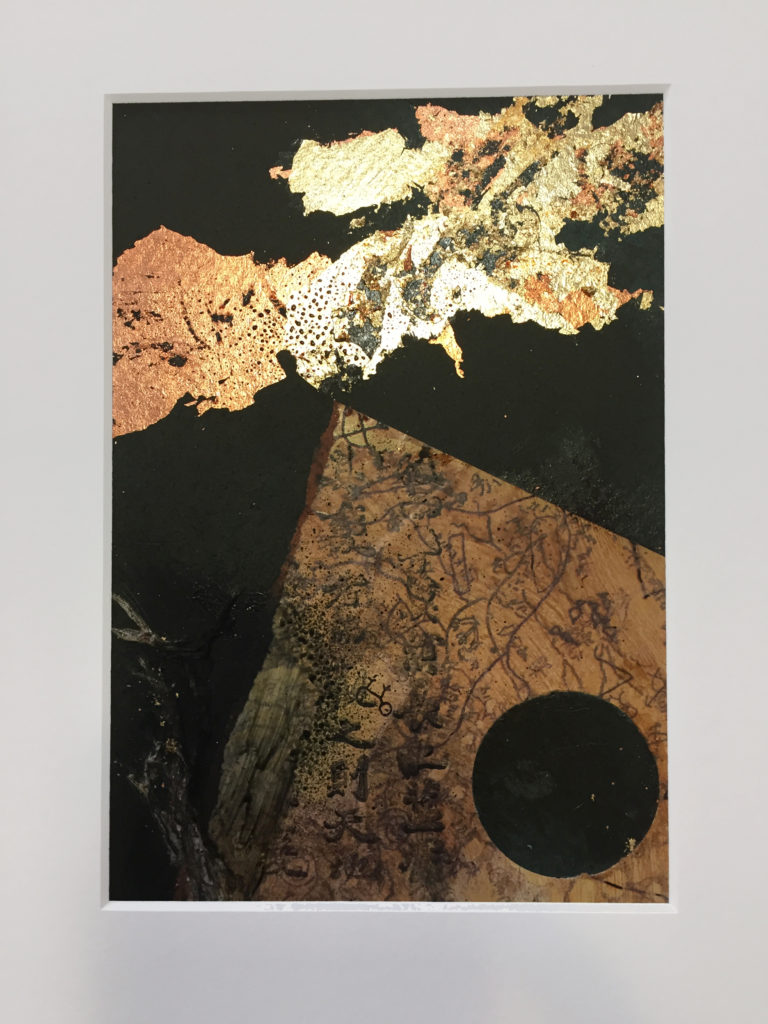









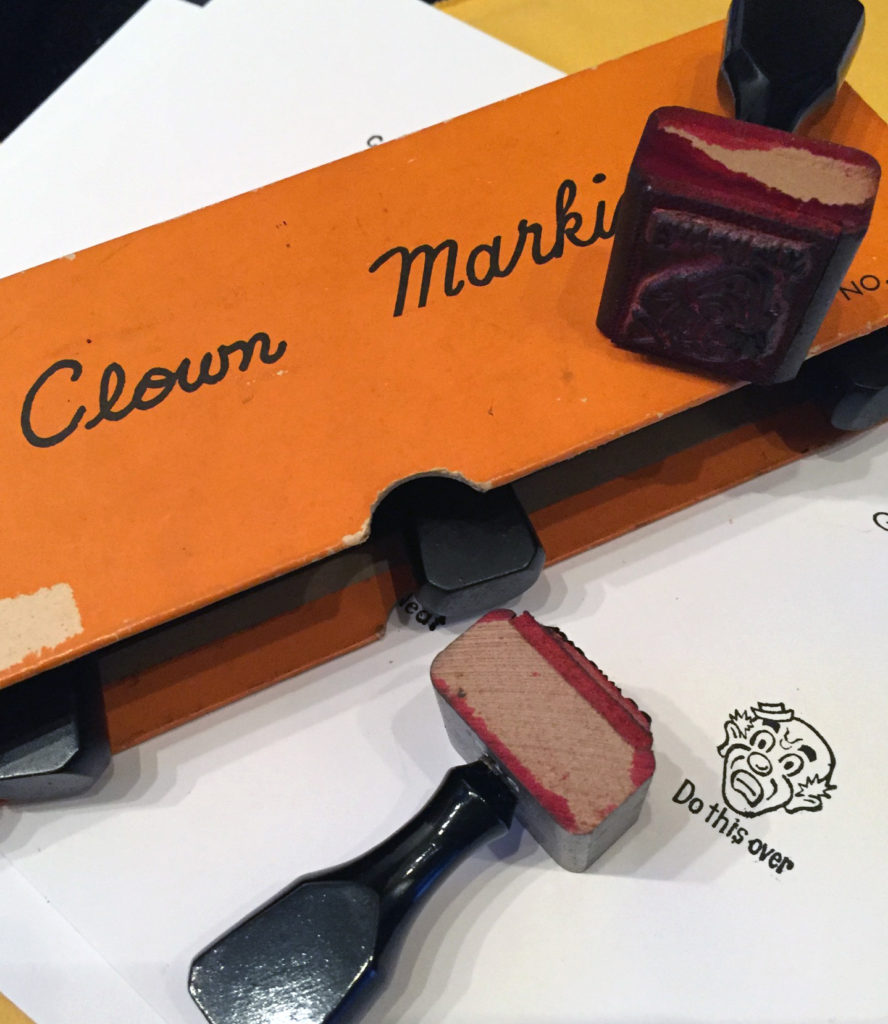




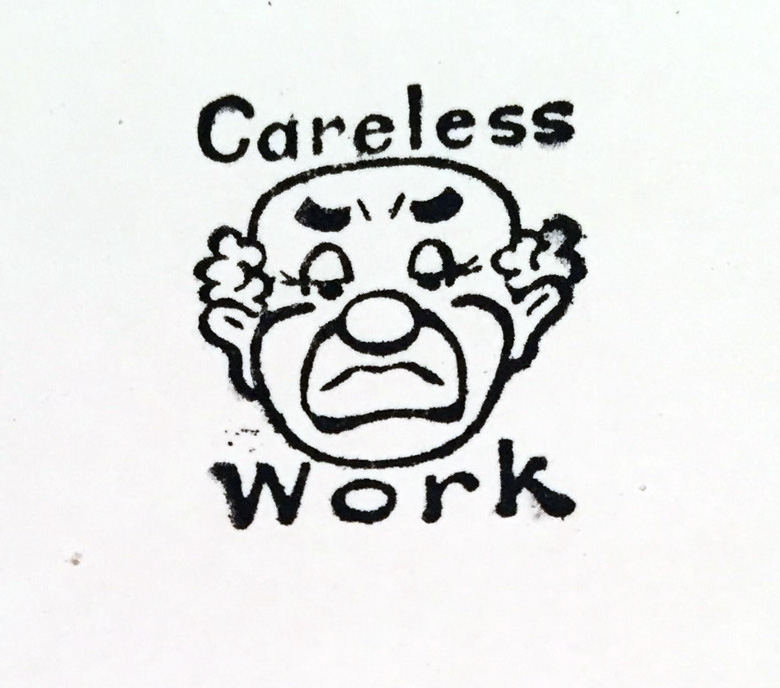




 Offering a new workshop is a risk, both for the teacher and the students who are the first “test drivers.” That was the case with the Wednesday
Offering a new workshop is a risk, both for the teacher and the students who are the first “test drivers.” That was the case with the Wednesday 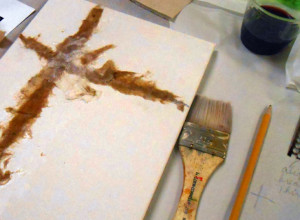 I started the session by demonstrating how to draw a visual classic cruciform framework with pencil lines on a 9×12″ canvas. Then we built thin layers of torn paper across that flat framework. I showed several techniques using both created and found textures, and combined these with mark-making through wet paint.
I started the session by demonstrating how to draw a visual classic cruciform framework with pencil lines on a 9×12″ canvas. Then we built thin layers of torn paper across that flat framework. I showed several techniques using both created and found textures, and combined these with mark-making through wet paint.






